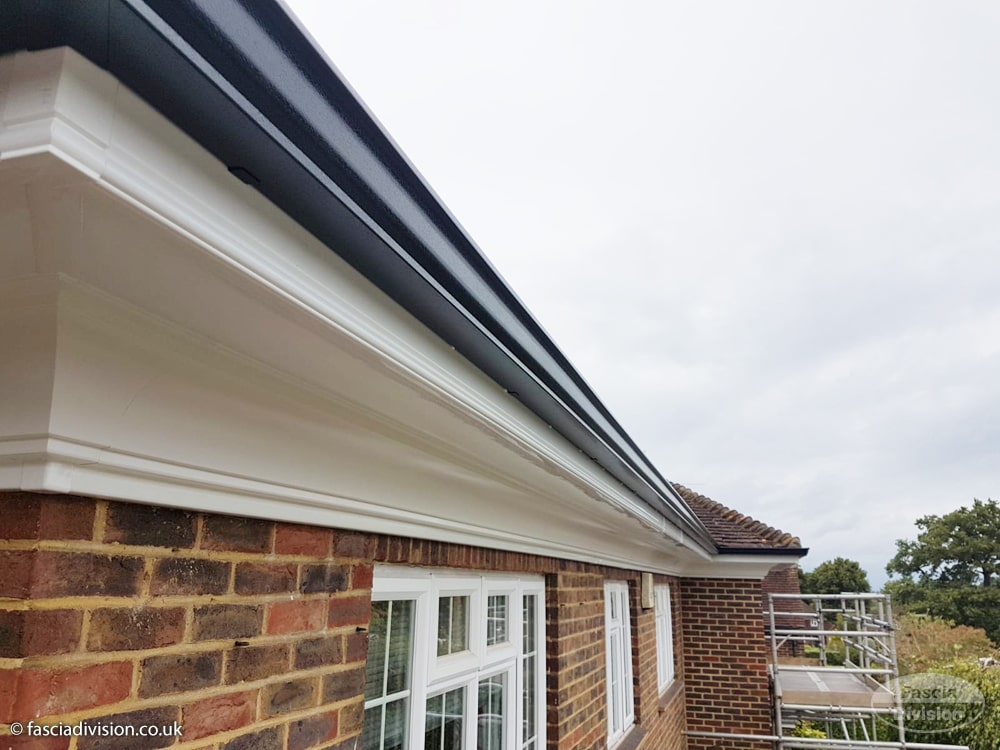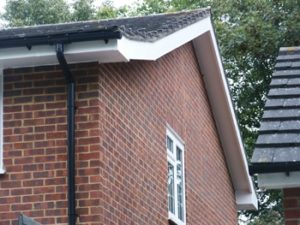
Eaves Replacement
Add a review FollowOverview
-
Founded Date 1972 年 2 月 7 日
-
Sectors Transportation
-
Posted Jobs 0
-
Viewed 17
Company Description
See What Eaves Replacement Tricks The Celebs Are Making Use Of
The Complete Guide to Eaves Replacement
Eaves are a crucial part of a structure’s roof system. These overhanging edges serve several purposes, from directing rainwater away from the foundation to enhancing the visual appeal of a structure. Nevertheless, like any other building component, eaves can wear with time due to exposure to the aspects. This post will check out the significance of eaves, the indications that suggest a need for replacement, the process of eaves replacement, and frequently asked concerns associated with this subject.
Understanding Eaves
Eaves are the part of a roofing that overhangs the walls of a building. They can be discovered in numerous architectural styles, and their design frequently depends on the building’s general aesthetic. The primary functions of eaves are:
-
Water Management: Eaves assist in directing rainwater far from the walls and structure, thus preventing water damage and disintegration.
-
Security: They shield the structure from direct sunshine, which can help in lowering cooling costs in warmer environments.
-
Visual Appeal: Eaves contribute significantly to the architectural style and charm of a building.
Kinds of Eaves
There are mainly two types of eaves: Open Eaves and Closed Eaves.
-
Open Eaves: These have exposed rafters or beams and offer a rustic look. They are easy to maintain however might require more attention to avoid water damage.
-
Closed Eaves: These are finished with a soffit and fascia, creating a cleaner look. They typically are much better at concealing vital parts, such as ventilation systems.
| Feature | Open Eaves | Closed Eaves |
|---|---|---|
| Aesthetic Appeal | Rustic | Clean |
| Maintenance Ease | Much easier | More Complex |
| Defense Level | Moderate | High |
Signs That Your Eaves Need Replacement
It is important to check eaves occasionally to ensure they are in good condition. Some indications that suggest a requirement for eaves replacement consist of:
-
Visible Damage: Cracks, holes, or considerable wear are clear indicators that your eaves might require replacement.

-
Water Stains: If you discover water stains on interior walls or ceilings, it could recommend that water is not being sufficiently directed away.
-
Drooping or Drooping: Eaves that droop or sag may signify structural failure or heavy water build-up.

-
Rotting Wood: Wood eaves are prone to rot. If the wood feels soft or shows indications of decay, replacement is required.
-
Insect Infestation: Evidence of pests like ants or termites can be a sign of instability in the eaves and therefore a requirement for replacement.
The Eaves Replacement Process
Replacing eaves can be a labor-intensive task, typically needing professional assistance. Below is a step-by-step process of how eaves are typically changed:
-
Assessment: Identify damage and determine the type of eaves that need to be replaced.
-
Elimination: Carefully remove the existing eaves. This might involve cutting nails or screws and making sure that contributing structures are not damaged.
-
Preparation: Inspect and repair any damage to the underlying structures, such as fascia boards.
-
Installation: Install the new eaves. This involves attaching them firmly to guarantee prevent future problems.
-
Ending up Touches: After installation, painting or sealing the eaves might be required to protect against the components.
-
Examination: Carry out a final examination to guarantee that whatever has been installed correctly which there are no leakages.
Maintenance Tips for Eaves
When the new eaves are installed, it is vital to keep them properly maintained. Here are some ideas:
- Regularly clean seamless gutters to prevent blockages.
- Inspect eaves after heavy storms for any damage.
- Paint or seal wood eaves every 3-5 years to avoid rot.
Frequently Asked Questions About Eaves Replacement
Q1: How long does it normally require to replace eaves?A: The duration depends on the size of the task and complexity but can range from a couple of hours to a number of days.
Q2: Can I change eaves myself?A: DIY replacement is possible for those with the ideal skills and tools. Nevertheless, employing experts is advisable for safety and performance, specifically for intricate structures. Q3: What materials are commonly used for eaves?A: Eaves can
be made of various products, consisting of wood, vinyl,
aluminum, and fiber cement. The choice often depends upon the building’s design and environmental conditions. Q4: How much does eaves replacement typically cost?A: Costs differ substantially based on area, materials chosen, and labor charges, normally ranging
from ₤ 100 to ₤ 300 per linear foot for installation. Q5: Can I alter the design of my eaves?A: Yes, eaves can be replaced with a different style throughout the replacement process, enabling house owners to improve their structure’s visual appeals. Eaves play a vital role in securing a building and enhancing its appearance. Regular examinations and prompt replacements are necessary to keep both functionality and aesthetics. While eaves replacement can be an overwhelming job, comprehending the procedure and knowing when to do something about it can make it more manageable. Interested property owners ought to speak with specialists to make sure a successful replacement process tailored to their particular requirements.


